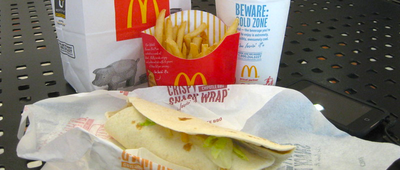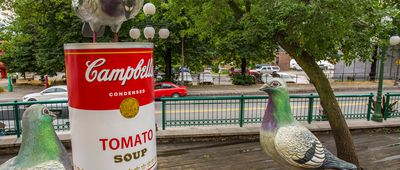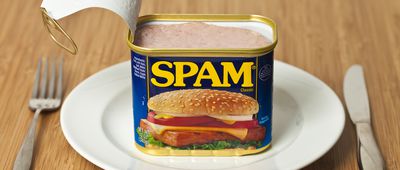Legendary Sweets
You probably don't think a lot about the history of the desserts you eat, and understandably so. But there's a lot of interesting, unusual, and just plain weird stories behind some of them, especially the ones that sprang up as regional favorites. Whether you've had — or heard of — all these desserts or not, you'll likely not forget them once you hear their unusual history. Do you have other stories? Tell us in the comments.






















